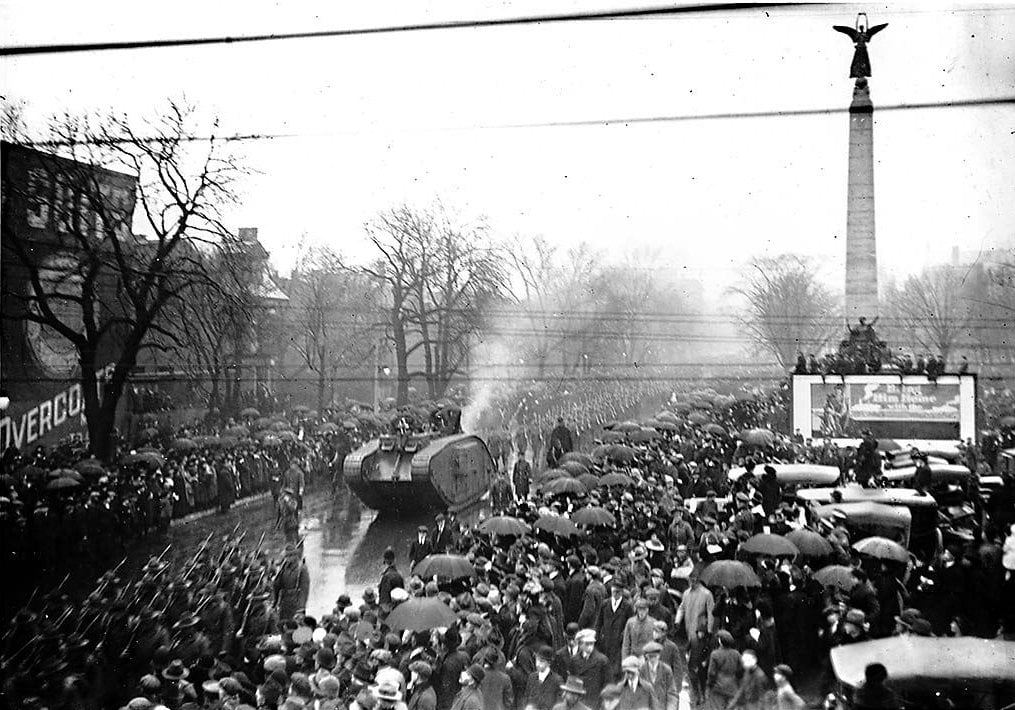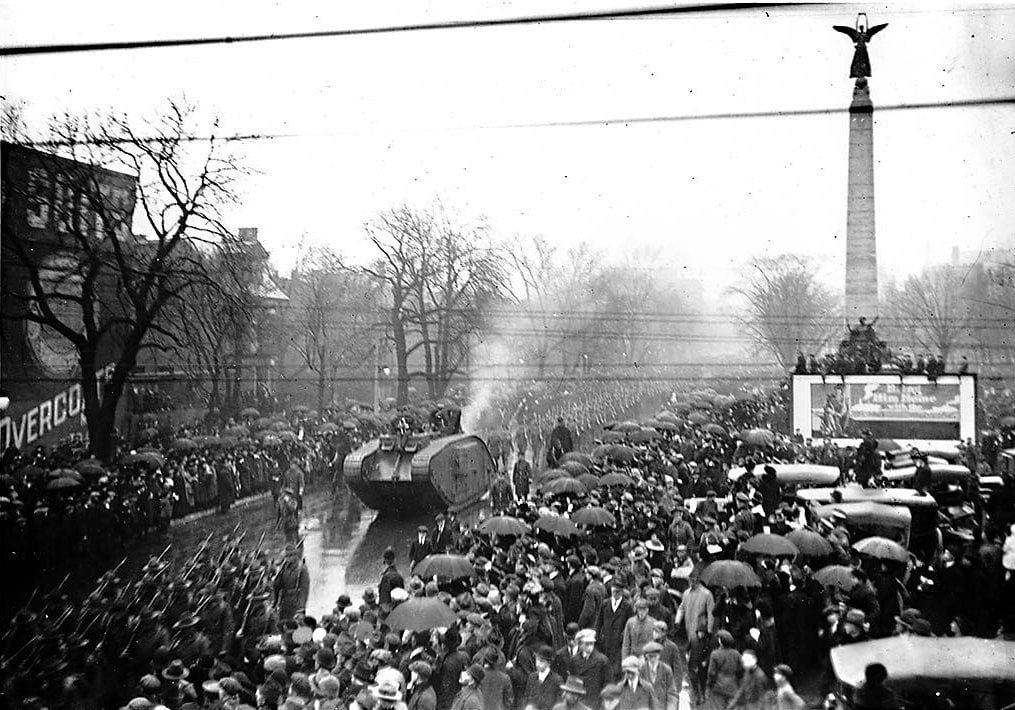
On August 2, 1918, as World War I neared its end and Canadian soldiers returned home to uncertain futures, tensions in Toronto erupted into a wave of violence that would leave dozens injured, businesses destroyed, and an entire immigrant community deeply scarred—this was the 1918 anti-Greek riot.
Largely forgotten for decades, the anti-Greek riot stands as a striking example of how postwar frustration and economic anxiety can quickly boil over into targeted unrest. What began as a local altercation escalated into one of the most destructive outbreaks of ethnic violence in Canadian urban history.
At the heart of the unrest was growing resentment toward Greek immigrants, who, though a small portion of Toronto’s population, had established a strong presence in the local economy.
Their success, particularly in the restaurant industry, drew the ire of some returning veterans and working-class citizens, many of whom were grappling with limited job prospects and minimal postwar support. Misinformation, nationalistic fervor, and long-standing biases converged in a moment of chaos that would alter the city’s social fabric.
What sparked the Toronto anti-Greek riot?
Tensions erupted on August 1, 1918, when Canadian war veteran Private Claude Cludernay was removed from the White City Café, a Greek-owned restaurant, after assaulting a waiter while intoxicated.
Although the incident was relatively minor, rumors spread quickly, falsely claiming that Cludernay had been severely beaten by a group of Greeks. The misinformation inflamed public outrage—particularly among veterans attending the Congress of the Great War Veterans Association in Toronto at the time.
Veterans harbored legitimate grievances. Many had returned from the war to find inadequate pensions, limited healthcare access, and scarce employment opportunities. These frustrations, combined with the perception that Greek immigrants had profited while Canadians suffered, created a volatile environment.
Three days of destruction
Between August 2-4, thousands of rioters—primarily returning soldiers—took to the streets. Mobs ranging from 5,000 to 20,000 people vandalized and looted Greek-owned businesses, particularly restaurants along Yonge Street and Queen Street. Some estimates suggest over twenty establishments were attacked, with damages amounting to more than $1 million in today’s currency.
Initially, law enforcement was overwhelmed and slow to respond. The Toronto police force faced heavy criticism for their inaction, often standing by as shops were ransacked. Eventually, the mayor invoked the Riot Act, deploying militia and military police to restore order. Though order was re-established, authorities were later condemned for their excessive use of force—injuring not only rioters but also bystanders.
Aftermath and legacy of Toronto anti-Greek riot
The riots left hundreds injured, including women and children. At least 150 people were hospitalized, 25 arrests were made, and 16 police officers were hurt during efforts to subdue the violence. For the Greek community, the riots had a lasting impact. Many families abandoned the Yonge Street area and relocated eastward, forming what is now Toronto’s Greektown on Danforth Avenue.
Despite the destruction, victims received no compensation. In response, Greek community leaders issued public declarations of loyalty to Canada and the Allied war effort. They emphasized that many Greeks had enlisted in the Canadian Expeditionary Force and were actively serving overseas.
The riots in Toronto bore striking similarities to the 1909 anti-Greek riot in Omaha, Nebraska, pointing to a broader pattern of anti-Greek sentiment across North America during that era.


